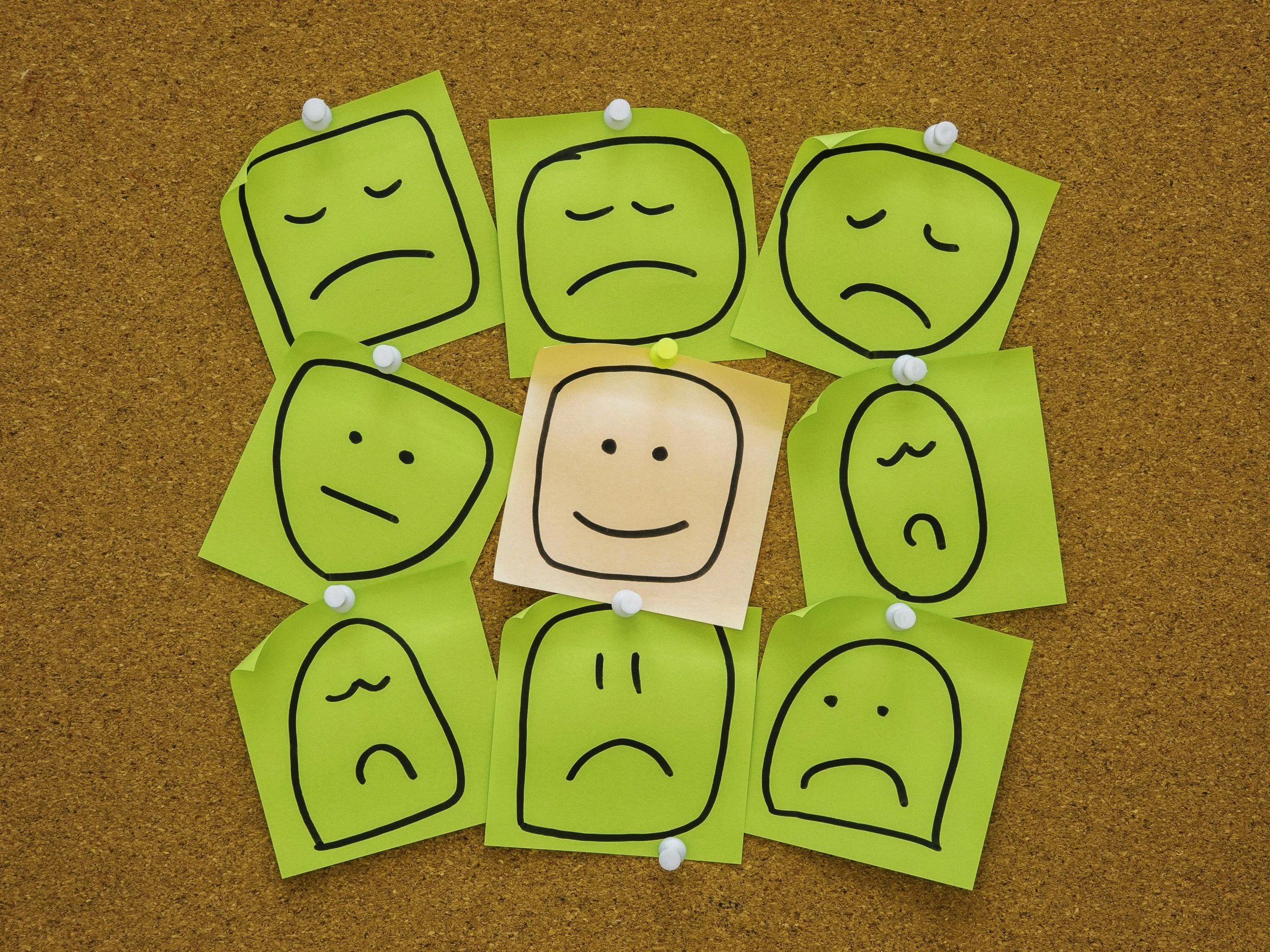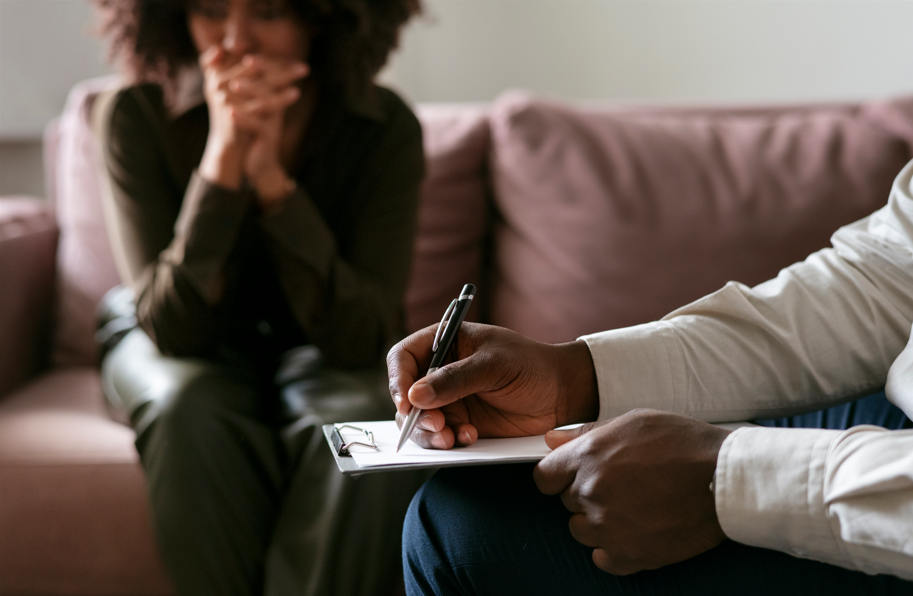5 Techniques for Healing Attachment Wounds in Addiction-Affected Families
If you've ever felt terrified of getting too close to someone or anxious that they might walk away just when the connection starts to feel good, you’re not alone. These patterns often stem from what therapists call attachment wounds. They impact how we relate to others, how we manage emotional pain, and how safe we feel in our closest relationships, especially within families dealing with addiction.
Attachment wounds are emotional injuries formed in early caregiving relationships. For many, these wounds begin in childhood when emotional needs weren’t consistently met. Maybe a caregiver was emotionally unavailable due to substance use, mental health struggles, or unhealed trauma of their own. It’s not always about overt abuse; it could be the affection you needed but didn’t receive, or the reassurance that was never offered.
Recent research is helping to sharpen our understanding of what these wounds truly are. A 2024 study published in the European Journal of Trauma & Dissociation defines attachment trauma as the “varying and long-lasting biological, psychological, and relational consequences” that occur when early attachment needs are disrupted or go unmet. These effects can echo for decades, shaping how we connect, how we cope with distress, and how safe we feel in relationships.
These relational injuries often carry into adulthood. Healing attachment wounds involves teaching your mind and body that connection can be safe again. For families working through the impact of a loved one’s addiction, understanding how these wounds work is the first step toward restoring trust and rebuilding relationships. This healing is a vital part of recovery for addiction-affected families, as addiction is a family disease that reshapes roles and emotional dynamics.
Technique #1: Building Emotional Awareness
When emotional neglect or family dysfunction occurs, often due to a parent’s or sibling’s addiction, it can disconnect us from our feelings. You may have been told not to cry or felt like emotions were too risky to express in a chaotic household. Over time, you learned to suppress your feelings as a survival skill.
But emotional numbing doesn’t last forever. It resurfaces as anxiety, fear of abandonment, or difficulty connecting.
Healing starts with learning how to safely feel again
Recognizing Emotional Triggers
Start by noticing what sets you off emotionally. Do you panic when someone doesn’t reply right away? Do you shut down when conflict arises? These emotional triggers often echo early family dynamics, especially in families affected by substance abuse or neglect.
Instead of blaming yourself, ask “What does this remind me of from my past?”
Creating Emotional Safety
True healing requires a space where you can feel without fear, whether that’s with a trauma-informed therapist, a family support group, or even in a private journal. You don’t have to open up to everyone, but you do need somewhere to process and release suppressed emotions safely.
It's okay to feel grief, anger, confusion, or even numbness. These feelings are normal when healing from emotional wounds rooted in addiction-related family trauma. Many who experience these struggles find comfort in family therapy activities and support from a licensed addiction counselor.
Technique #2: Inner Child Work
Many adults who grew up in chaotic or addicted households carry an inner child who still feels unsafe, unseen, or unworthy. When you catch yourself saying “Why am I like this?”, you’re likely hearing that neglected part of you asking for care.
This wounded inner child often stems from dysfunctional family roles in addiction, such as the lost child, scapegoat, or caretaker. Inner child work helps reconnect with and nurture the emotional needs that were unmet in childhood
Meeting Your Inner Child
Take a moment and picture yourself at five or six. What were you like? What did you need that no one offered?
This exercise can bring up deep emotions, and that’s a good thing. That emotional charge is the voice of your inner child finally being heard.
Re-Parenting Through Gentle Routine and Self-Care
Re parenting involves giving yourself the nurturing your early caregivers, possibly impaired by addiction, couldn’t offer. This might include:
Creating daily structure
Speaking to yourself with compassion
Offering yourself rest without guilt
Gently reminding yourself I am safe now
Each act of kindness toward yourself helps repair the emotional ruptures caused by early family dysfunction, especially those rooted in addiction trauma. This is part of the larger addiction recovery journey, where family healing is essential.
Technique #3: Practicing Secure Attachment Behaviors
When secure relationships weren't modeled growing up, perhaps due to addiction, instability, or emotional neglect, it can feel nearly impossible to trust or connect. But attachment patterns aren’t set in stone.
Healing attachment wounds is about learning new, healthier ways to relate, both within yourself and in your family.
What Secure Attachment Looks Like
People with secure attachment can:
Express needs calmly
Trust others to respond
Apologize and repair without shame
Stay present even during hard conversations
If this feels foreign to you, you're not broken. You're simply learning skills that were never taught in a dysfunctional family system, often shaped by addiction, secrecy, or emotional volatility.
Balancing Boundaries and Vulnerability
Healing attachment wounds means learning to say no and learning to say yes to being seen. That balance takes time. Start small:
Try practicing:
Saying “I need space” without guilt
Naming your feelings with someone safe
Resisting the urge to shut down or lash out when you feel triggered
These emotional regulation skills are part of healthy boundaries in addiction recovery and critical for rebuilding family relationships after addiction. Each honest moment builds emotional resilience and reprograms your attachment style toward one that’s healthier and more secure.
Technique #4: Therapy and Professional Support
If you grew up in an environment where asking for help wasn’t safe or where adults weren’t reliable, you may struggle to trust professionals. But the truth is, therapy can be a lifeline, especially when healing from attachment wounds caused by addiction within the family.
How Therapy Heals Attachment Wounds
A licensed therapist offers something rare: consistent, compassionate presence. That alone begins to rewire your brain’s expectation that connection equals pain or abandonment.
Therapy provides:
A structured space to explore emotional triggers and patterns
An opportunity to practice secure connection in real time
A place to track emotional growth and set realistic goals
Even if you’re not sure where to begin, the willingness to show up is enough. A therapist can help guide you through the uncertainty, whether you're the one healing or supporting a loved one in recovery.
Best Therapy Approaches for Attachment Wounds
CBT (Cognitive Behavioral Therapy): Restructures the thoughts that stem from abandonment or low self worth
EMDR (Eye Movement Desensitization and Reprocessing): Especially helpful for addressing childhood trauma and emotionally charged memories
IFS (Internal Family Systems): Assists in understanding inner emotional “parts,” like protectors or exiled inner children
Somatic Therapy: Focuses on nervous system healing and how emotional wounds live in the body
Family therapy for addiction can also help identify the family roles in addiction and foster shared accountability, understanding, and repair. For families navigating addiction recovery together, finding a therapist who offers family-based or trauma-informed care is especially beneficial.
Consider connecting with an addiction therapist or an addiction psychologist if you’re unsure where to start.
Technique #5: Mindfulness and Body-Based Healing
You can’t fully heal attachment wounds just by talking about them. Because these wounds live in the body, especially if they developed in a high-stress home with addiction, you need to include your nervous system in your healing process.
Mindfulness and somatic therapy help calm the survival patterns your body adopted as a child
Why Body Awareness Matters
Children growing up around addiction often stay in fight, flight, or freeze mode for years. Even as adults, their nervous systems may interpret emotional intimacy as danger.
Mindfulness helps you gently observe these responses. Somatic healing helps you shift out of survival mode and into safety.
These practices are valuable for families struggling with addiction-related stress, where emotional overwhelm is common. This isn’t about calming down. It’s about teaching your body it no longer has to brace for chaos
Gentle Daily Practices to Begin With
Grounding Techniques: Touch something solid, like the floor or a chair, and breathe deeply
Breathwork: Use your breath to regulate your emotional state during stressful moments
Body Scans: Check in with different parts of your body and notice tension
Gentle Movement or Yoga: Help your body process stuck emotions
Mindfulness Meditation: Spend 5 to 10 minutes focusing on the present moment with compassion
These practices help you develop a more loving, embodied relationship with yourself, an essential step for healing relationships affected by addiction and emotional neglect. They also support addiction-related self-care and empower individuals in long-term substance abuse treatment.
You Deserve Healing, Connection, and Support
If you're reading this, you've already taken a brave step. Healing attachment wounds isn’t fast, but it is possible with the right support, patience, and commitment to yourself.
Real healing often looks like:
Naming your pain without shame
Leaving relationships that recreate old wounds
Letting people show up for you, even if it feels scary
Practicing self-trust and emotional honesty daily
There’s no perfect timeline. Some days will feel strong. Others will feel heavy. But every step matters
You are not broken, you are someone who survived. And now, you’re allowed to heal. Whether that healing begins in therapy, through family support programs, or in quiet moments of self-care, know this:
You are worthy of love, belonging, and safety. You are allowed to change the story for yourself and for the next generation.
As you explore recovery support, consider finding an addiction counselor, joining a family addiction support group, or searching for outpatient addiction treatment. Whether you’re looking for outpatient alcohol treatment, addiction counseling, or a substance abuse counselor, professional guidance is available.
The path to family healing from addiction begins with awareness, continues through connection, and grows through support.


